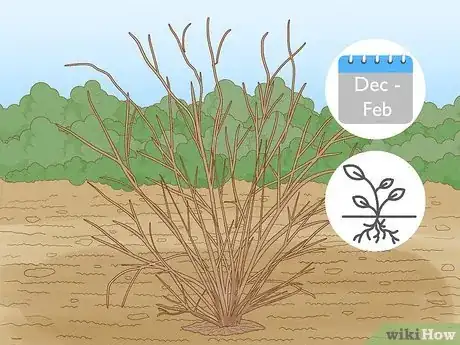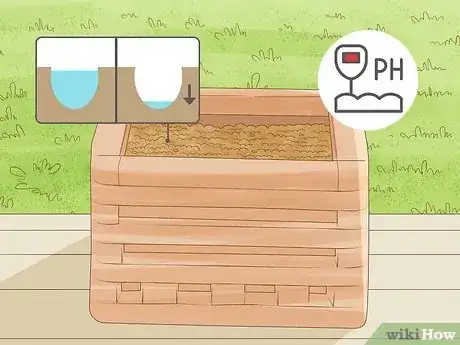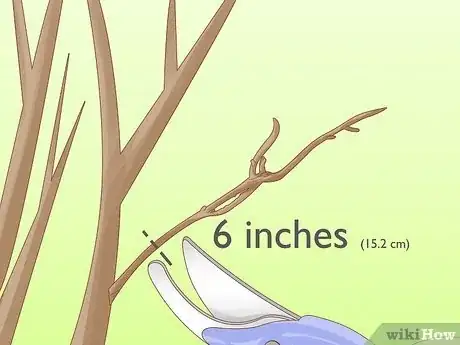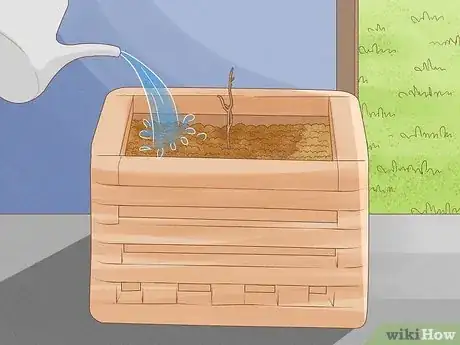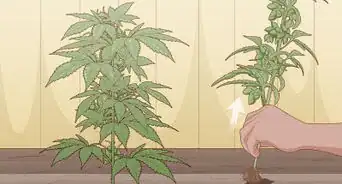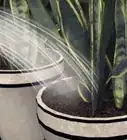wikiHow is a “wiki,” similar to Wikipedia, which means that many of our articles are co-written by multiple authors. To create this article, volunteer authors worked to edit and improve it over time.
wikiHow marks an article as reader-approved once it receives enough positive feedback. In this case, several readers have written to tell us that this article was helpful to them, earning it our reader-approved status.
This article has been viewed 195,028 times.
Learn more...
Forsythia is a hardy, colourful bush that can brighten up any garden and help to attract birds, bees and butterflies. Forsythia plants tend to root deep in the ground and have large root balls, making it difficult to transplant the whole bush. One alternative is to root forsythia and create smaller offshoot plants that can be transplanted separately. The process used to root forsythia will vary slightly depending on the time of year and the maturity level of the plant, but a few simple steps make rooting forsythia and expanding your garden easy.
Steps
-
1Root forsythia after the bush has finished blooming and all of its flowers have fallen off.
- Most garden experts recommend rooting forsythia indoors between December and February. The plant is dormant during this time, so the plant will be in the hardwood stage and cuttings will be less perishable.
- You can root forsythia year-round, but cuttings taken when the bush isn’t dormant will be more fragile and require more care and attention.
-
2Grow forsythia in well-drained, acidic soil and lots of shade. Prepping your soil to create an optimal growing environment will encourage the rooting process.
- Choose a location where water drains off quickly. This will prevent new roots from rotting before they can grow strong.
- Add mulch or topsoil to the soil to boost acidity.
- Add straw or cedar shavings over the topsoil once your cutting is planted to insulate it and help encourage growth.
- Use a growth hormone in the soil to help the cuttings take root. Some hormones can be applied directly to the end of the cutting instead of in the soil.
- Use a planting box to start cuttings along in the winter months and to help control soil content.
Advertisement -
3Prepare your cuttings before you plant them to help them root properly.[1]
- Cut clippings about 6 inches (15.2 cm) long from the tip of the branch using sharp gardening shears.
- Remove any leaves or leftover flowers.
- Clippings with buds still on them will encourage root growth. The best branches to cut will have 4 to 6 buds on them.
- Plant your cuttings deep enough so that only about 3 or 4 inches (7.6 or 10.2 cm) of the cutting is left sticking out of the soil. Use a shovel or trowel to pack dirt around the rest of the cutting.
-
4Try an alternative method for rooting clippings by bending a branch down from an existing bush, covering the first 6 inches (15.2 cm) of the branch with soil and mulch, and using a brick or rock to weigh it down. The branch will root next to its mother plant and can be transplanted later.[2]
-
5Make sure clippings have plenty of shade when rooting and aren’t exposed to lots of direct sunlight.[3]
- Keep clippings watered regularly.
- Keep weeds and other plants cleared so the rooting forsythia has plenty of room to grow.
- If you’re rooting your forsythia indoors, make sure the planter box you choose has drainage holes in the bottom to keep the soil well-drained for the cuttings.
Community Q&A
-
QuestionCan I root forsythia in water?
 NinoxTop AnswererYes, you can easily root forsythia in water at the end of the winter.
NinoxTop AnswererYes, you can easily root forsythia in water at the end of the winter. -
QuestionDoes a gold forsythia shrub need to be protected from wind?
 NinoxTop AnswererScrubs need protection against cold wind if you plant it in November or December. Otherwise, forsythia is strong enough to grow without protection.
NinoxTop AnswererScrubs need protection against cold wind if you plant it in November or December. Otherwise, forsythia is strong enough to grow without protection.
Things You'll Need
- Mulch
- Topsoil
- Cedar shavings or straw
- Growth hormone
- Gardening shears or scissors
- Trowel or shovel
- Planter box (if rooting indoors)
